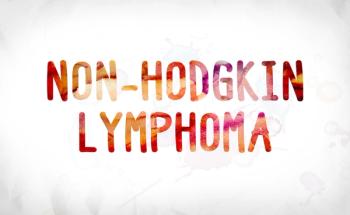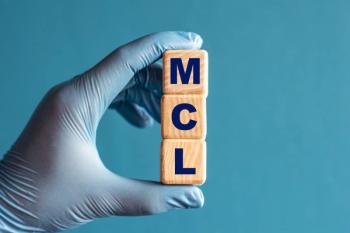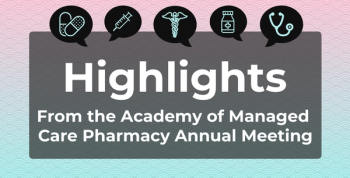
Contributor: Congress Must Do More to Cover Nonopioid Alternatives
Preventing addiction is key to ending the opioid epidemic—2020 alone saw more than 93,000 overdose deaths—as are expanding access to treatment, promoting recovery, and building a multifaceted strategy that incorporates nonopioid alternative and their coverage by providers. Although appropriate in certain situations, opioids are not a one-size-fits-all approach.
When it comes to the severity of our nation’s opioid crisis, the statistics are staggering: Since 1999, over 800,000 Americans have died from a drug overdose, the majority of cases involving opioids,
The scale of the crisis is widely understood by Washington, but that doesn’t make it any less tragic—especially for the millions of Americans who have lost a friend or loved one to the disease of addiction. Nor has it led to long-lasting progress against the nation’s opioid epidemic. Whereas overdose deaths appeared to dip before the pandemic, the COVID-19 crisis has only made the situation worse: In 2020, the United States suffered
Although the opioid crisis in the United States will require a multifaceted strategy to save lives, expand access to treatment, and promote recovery, preventing addiction is also key for millions of Americans. We may not be able to bring back those whose lives were tragically cut short, but by implementing smart policies that improve access to nonopioid pain-management alternatives, we can help support a generation of patients to live long, healthy, fulfilling lives.
It’s no secret that the current crisis was fueled by prescription opioids. Failing to appreciate their addictive qualities, combined with
In Charleston County, South Carolina, for example, enough opioid prescriptions were distributed to give every single resident
But make no mistake: The risks of overprescription still loom large. Following surgery, the average American receives
According to
Not only are national overdose deaths at record highs, but according to
We need a better approach.
Although opioids are appropriate and necessary in certain circumstances, they are far from a one-size-fits-all approach. Patients and providers must have the choice of using nonopioid alternatives—and that means removing barriers and expanding patient choice to safe and effective drugs, devices, and therapies. Unfortunately, under current law,
Adjusting the law so that opioids are not unduly incentivized over other pain management approaches would go a long way in preventing opioid overprescription, abuse, and addiction. To implement this commonsense policy, a bipartisan group of lawmakers introduced the Non-Opioids Prevent Addiction in the Nation (NOPAIN) Act (
As the NOPAIN Act continues to garner strong bipartisan support, and as the nation’s overdose death rate continues to surge, I urge all members of Congress to sign and pass this legislation quickly.
Newsletter
Stay ahead of policy, cost, and value—subscribe to AJMC for expert insights at the intersection of clinical care and health economics.







































